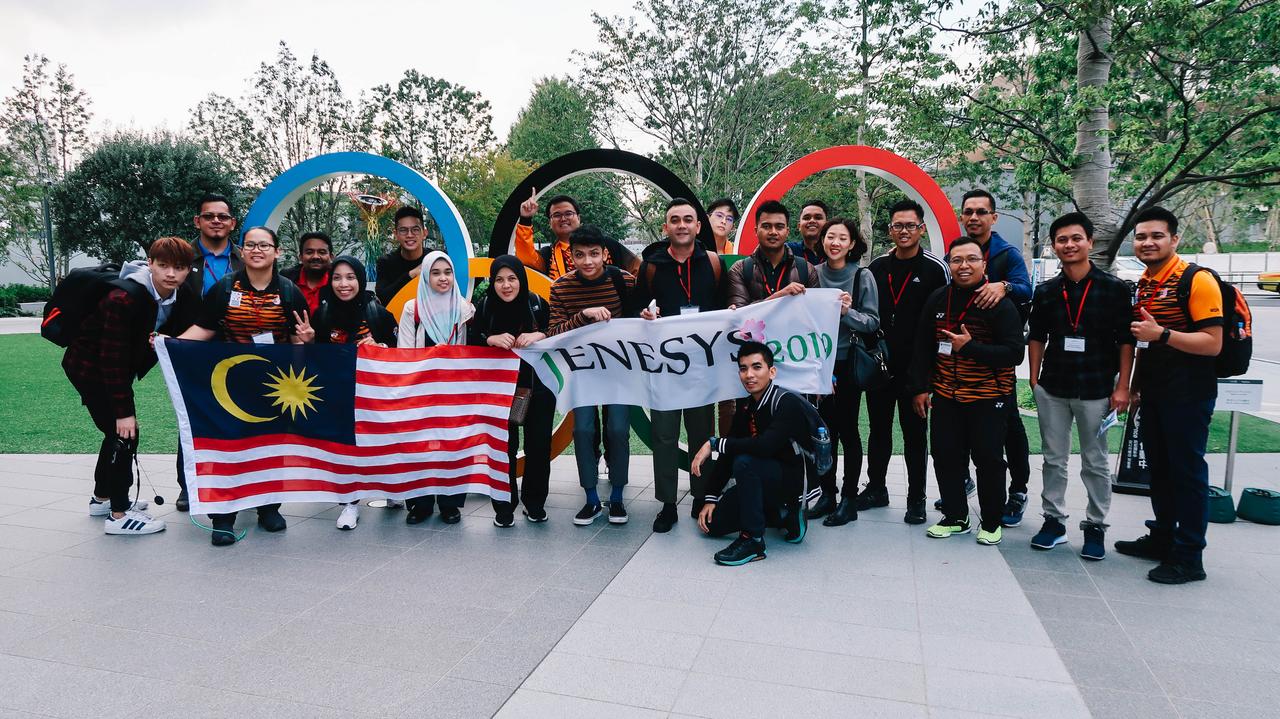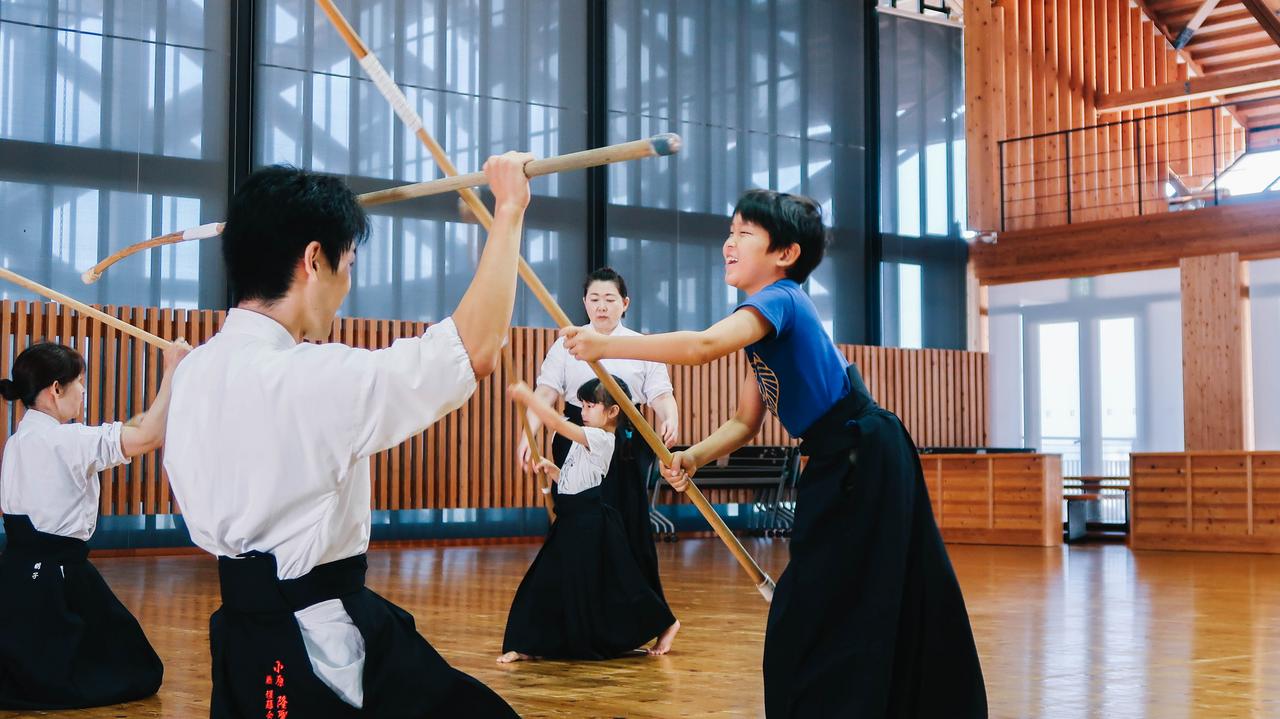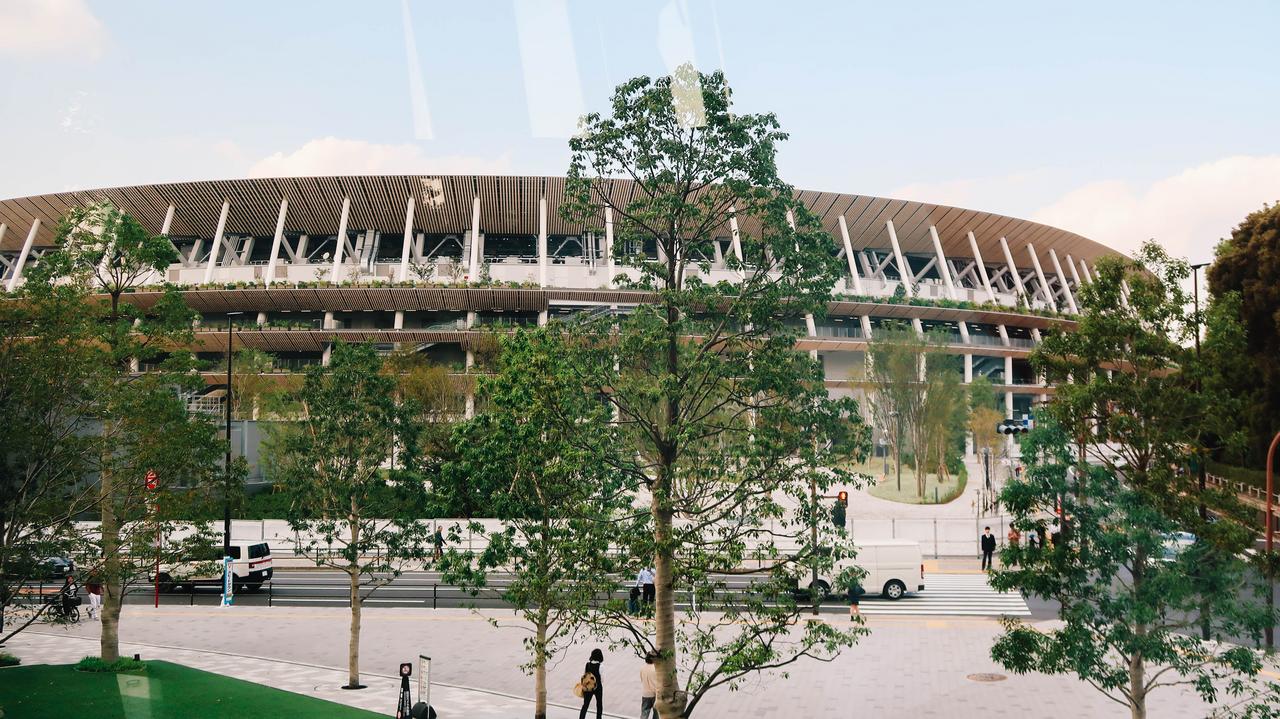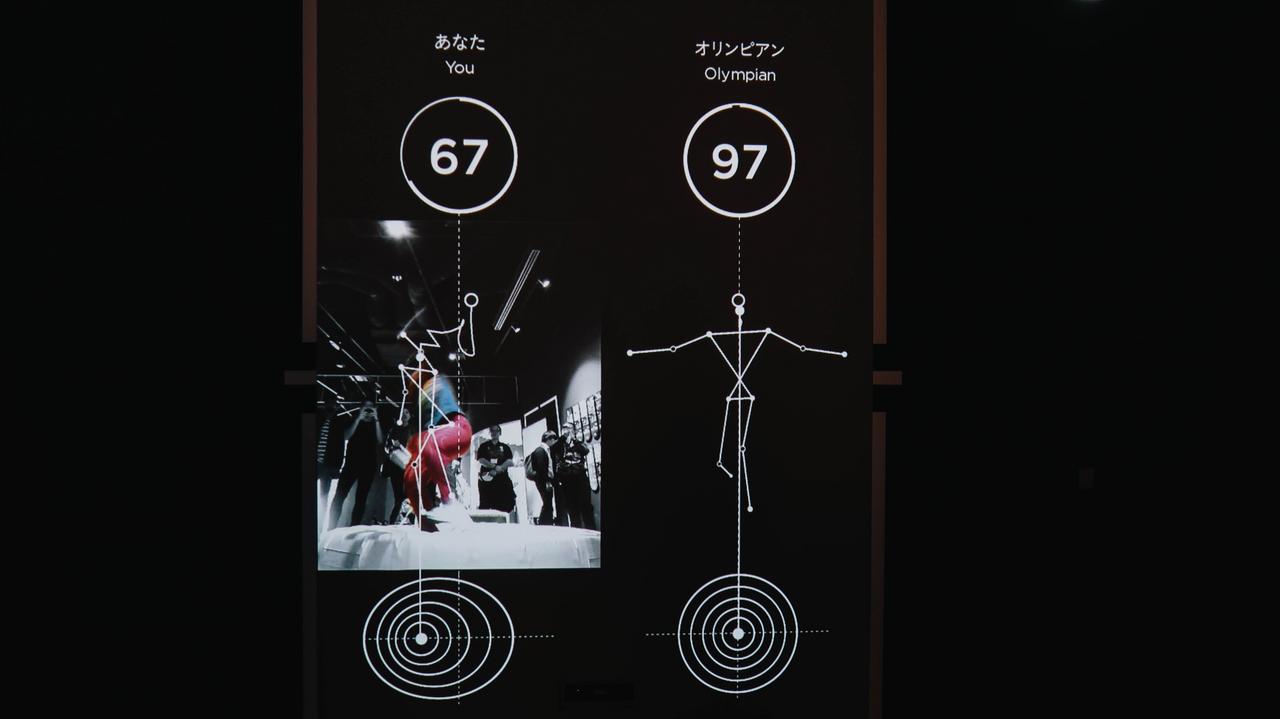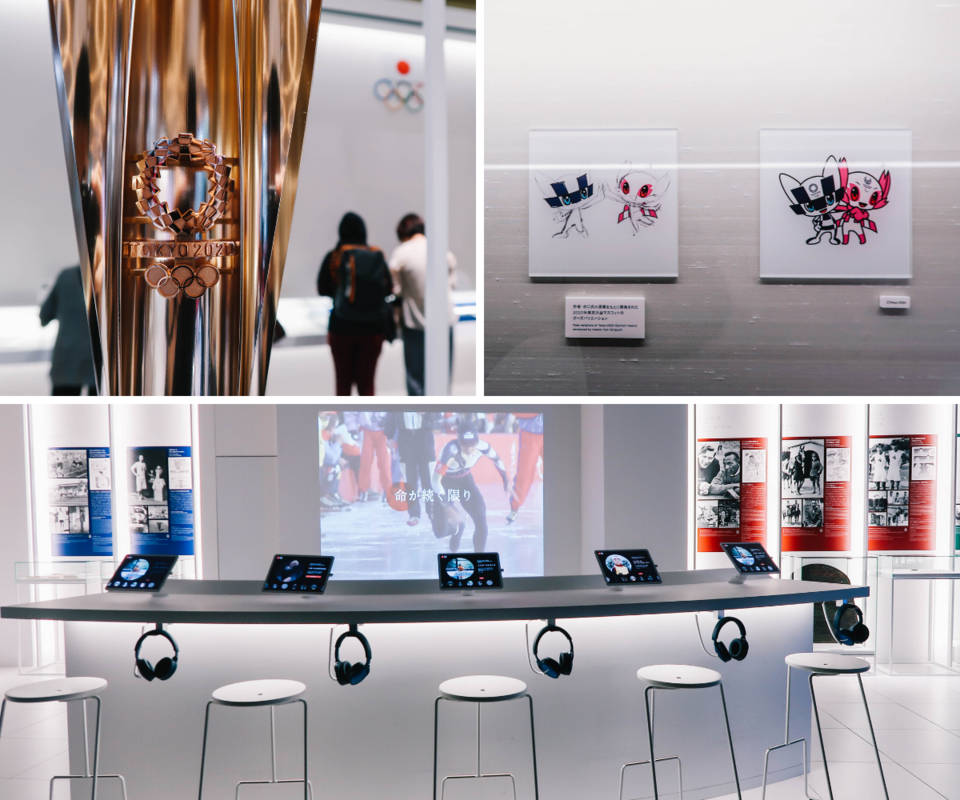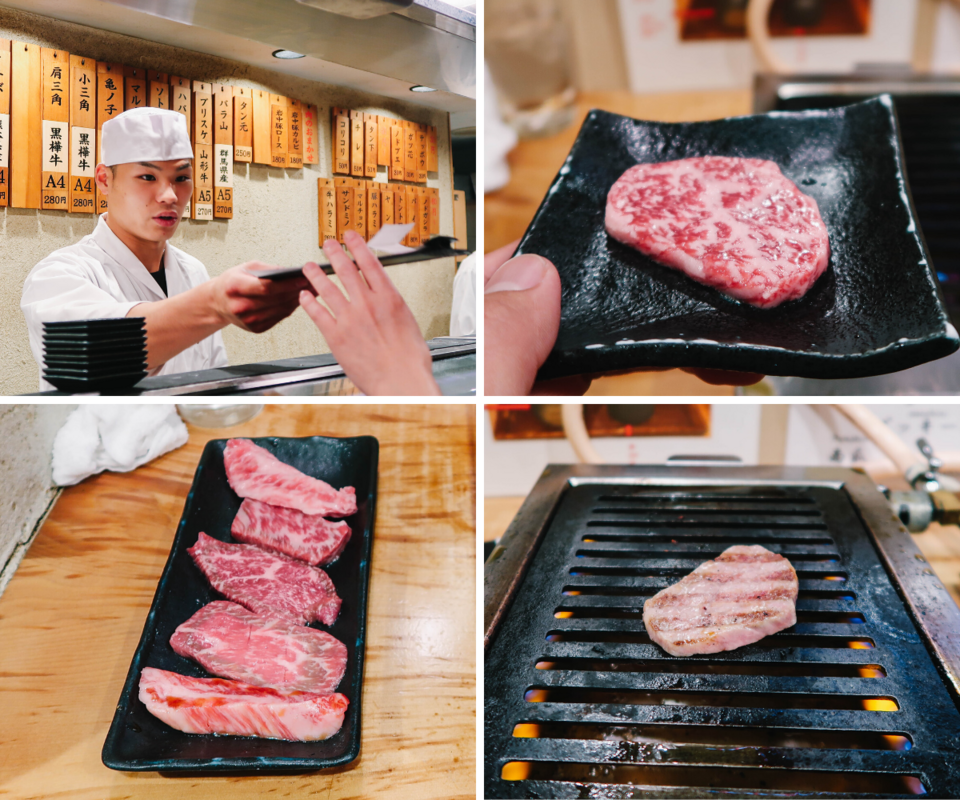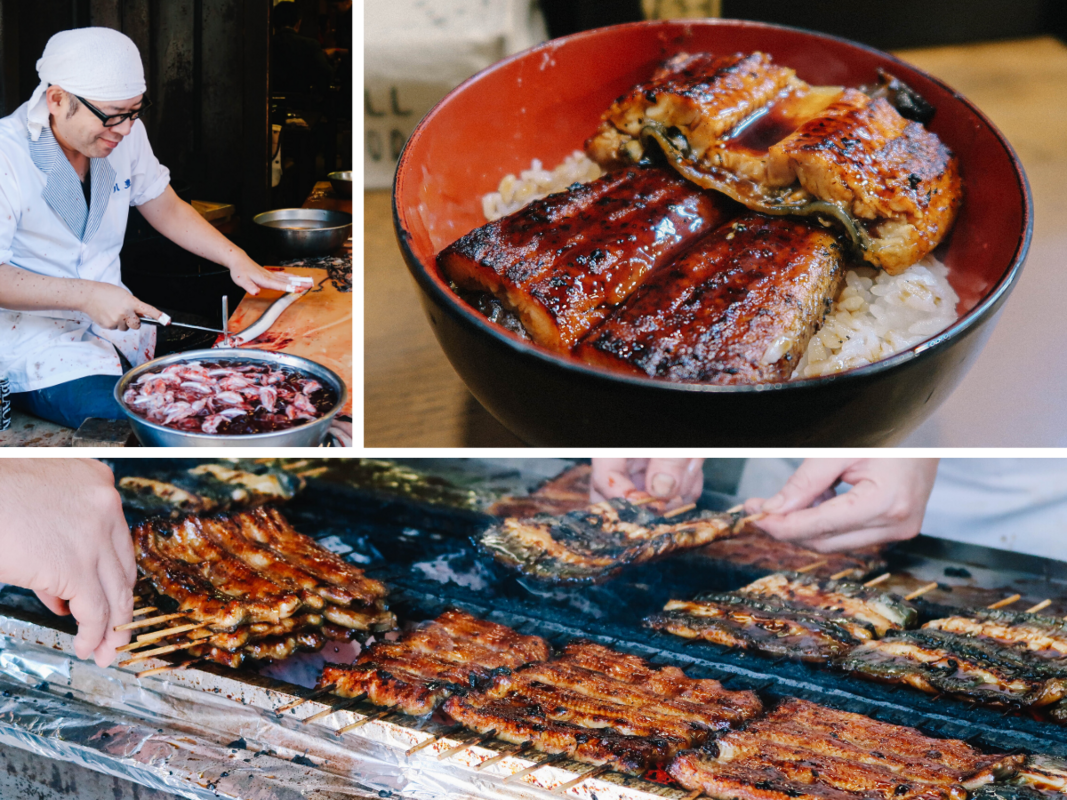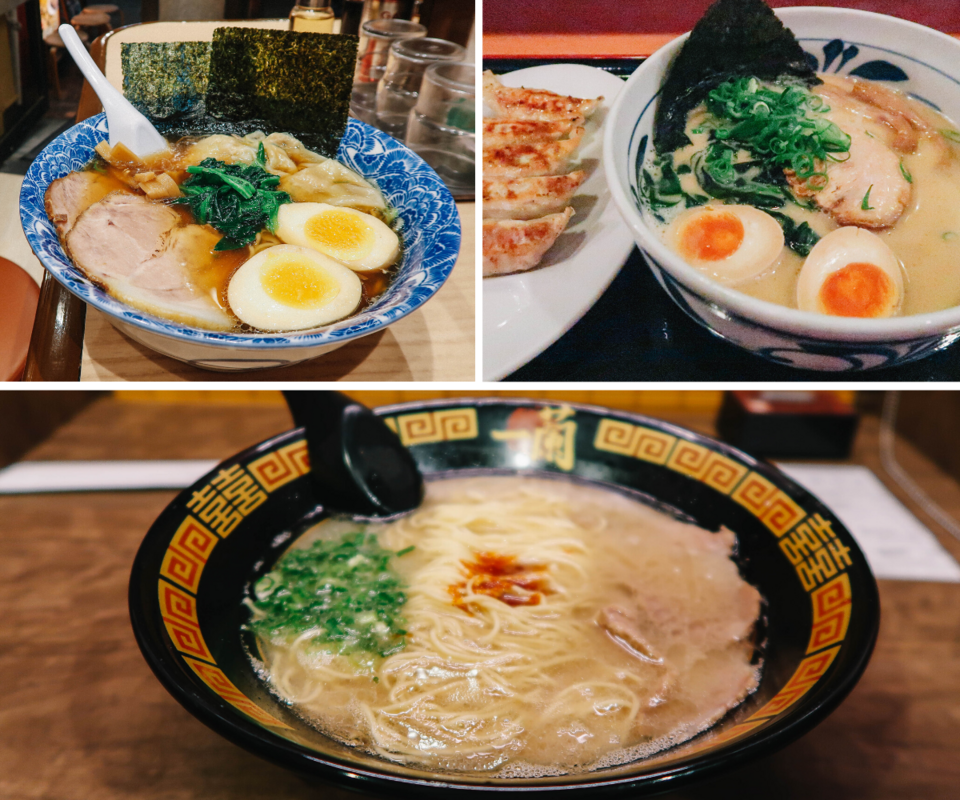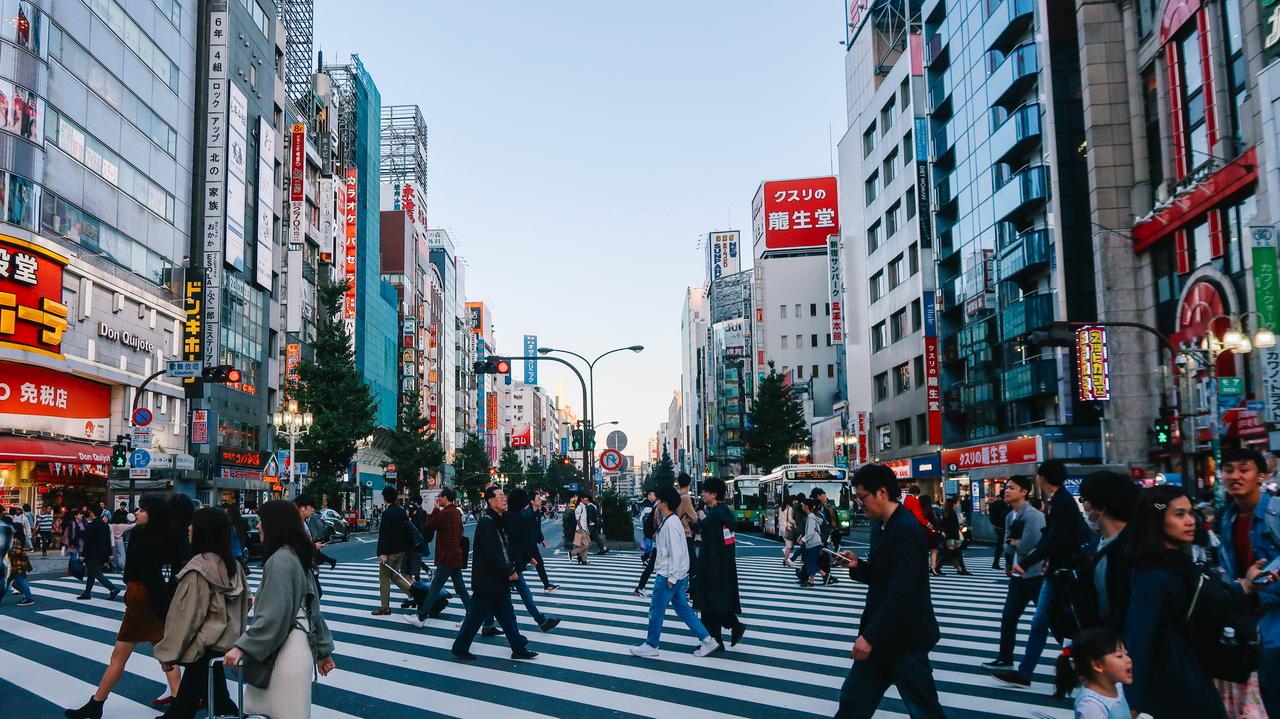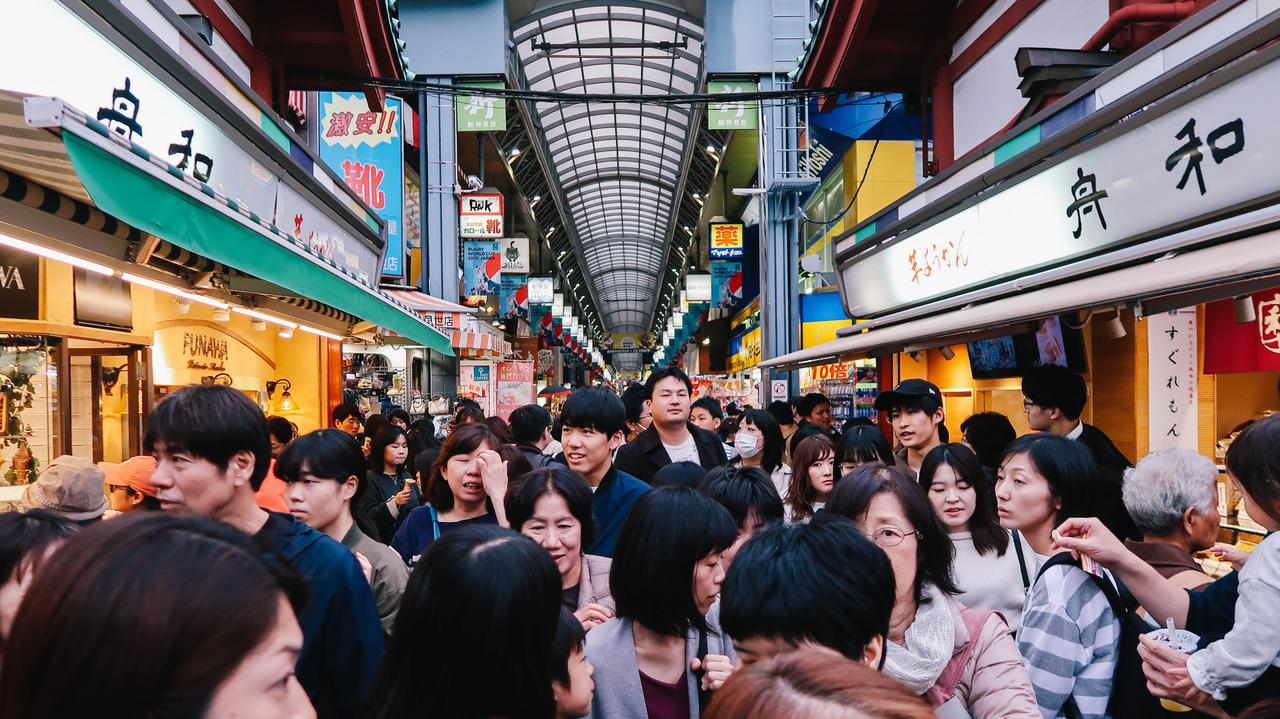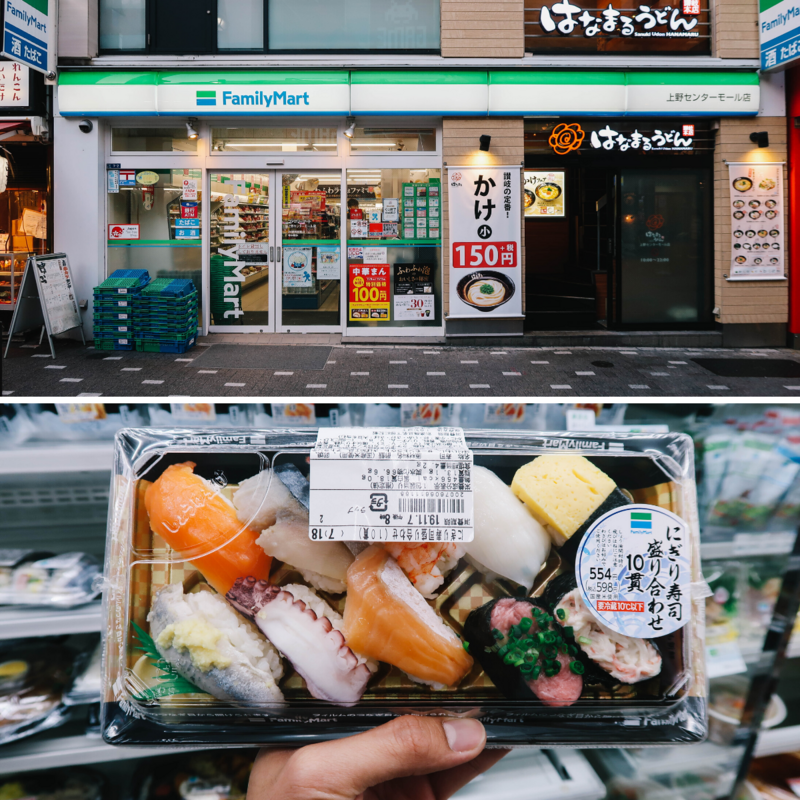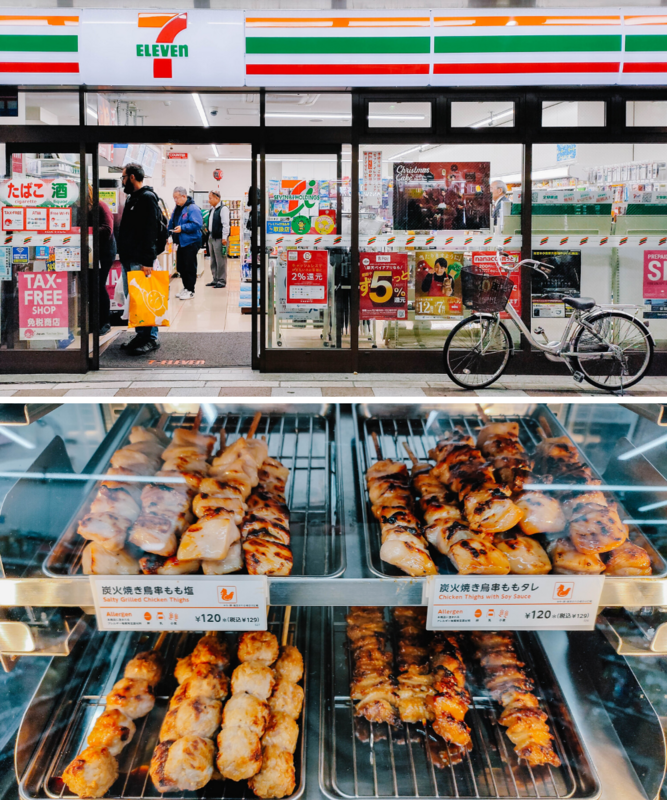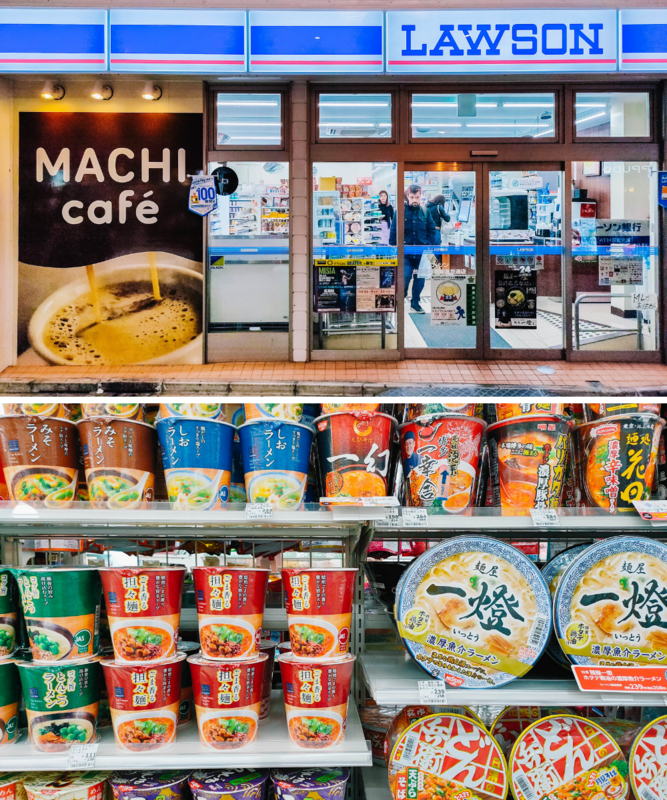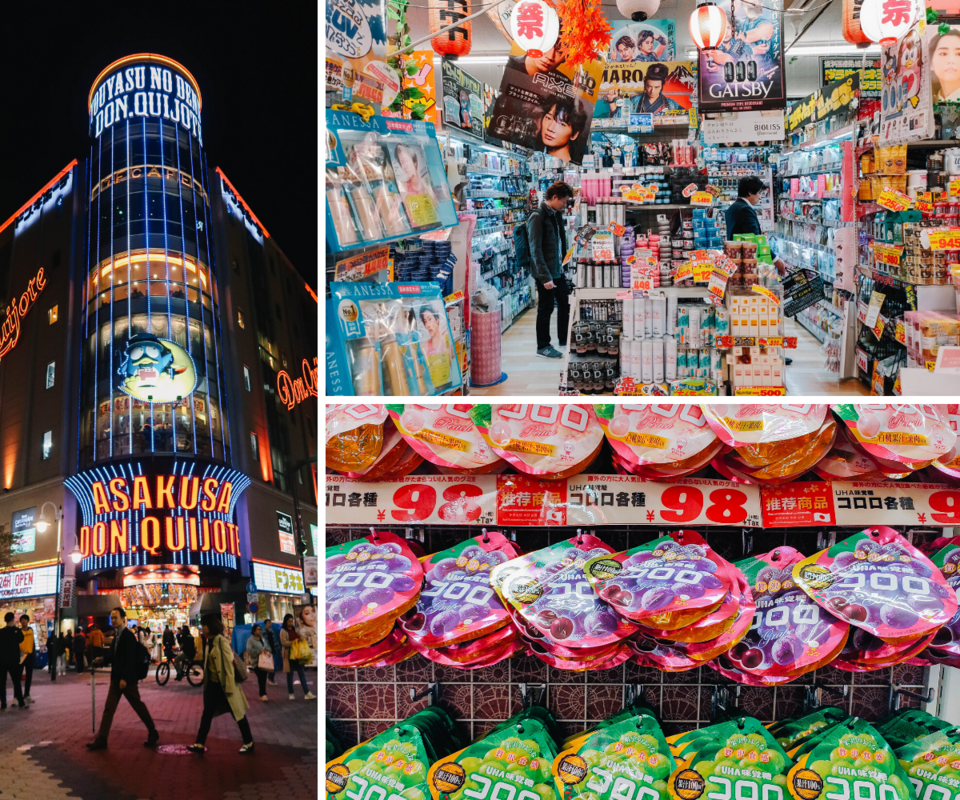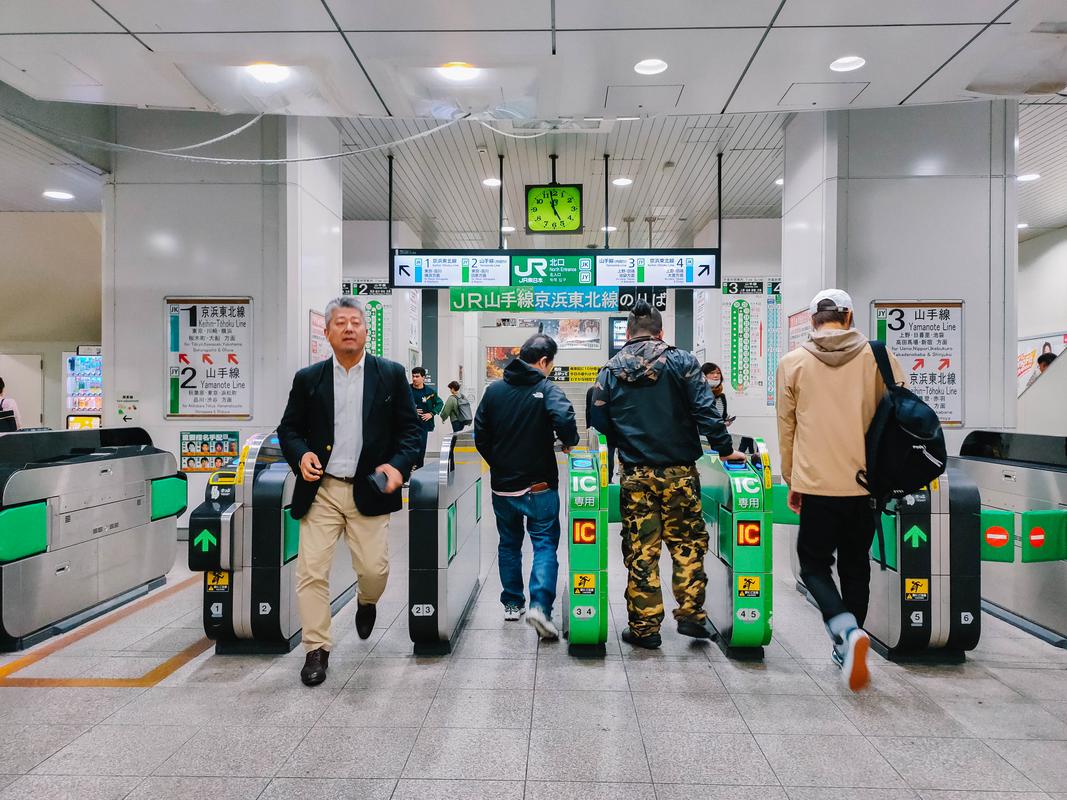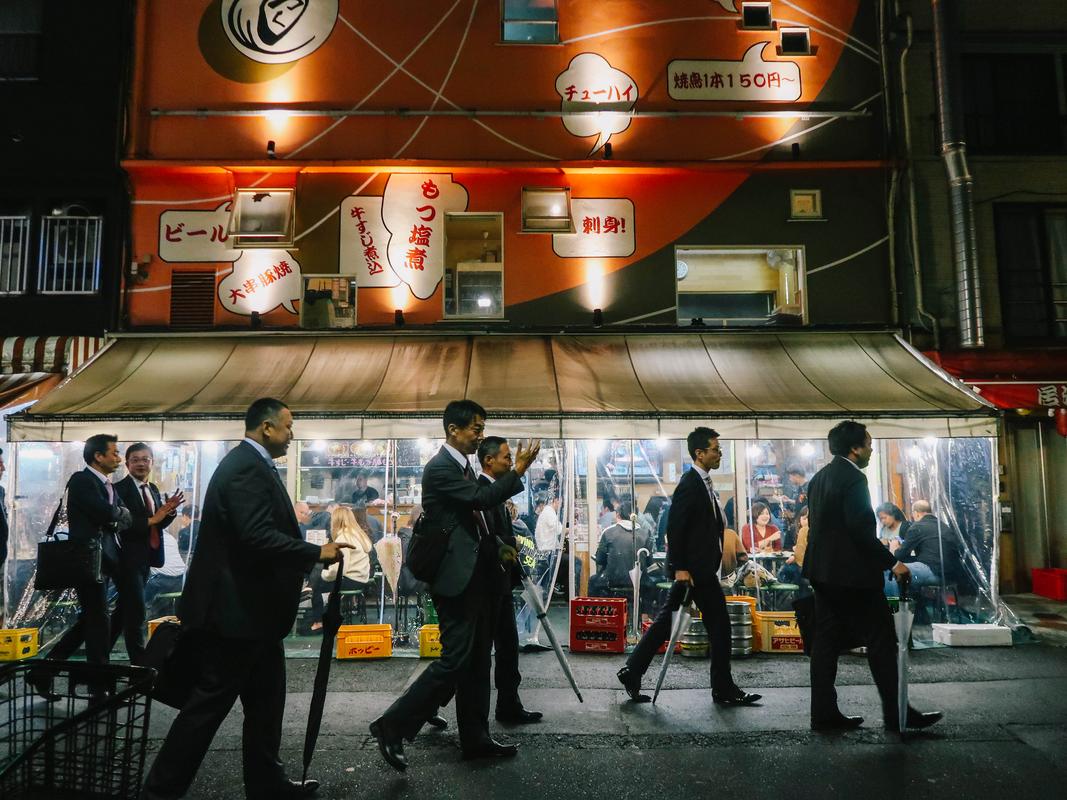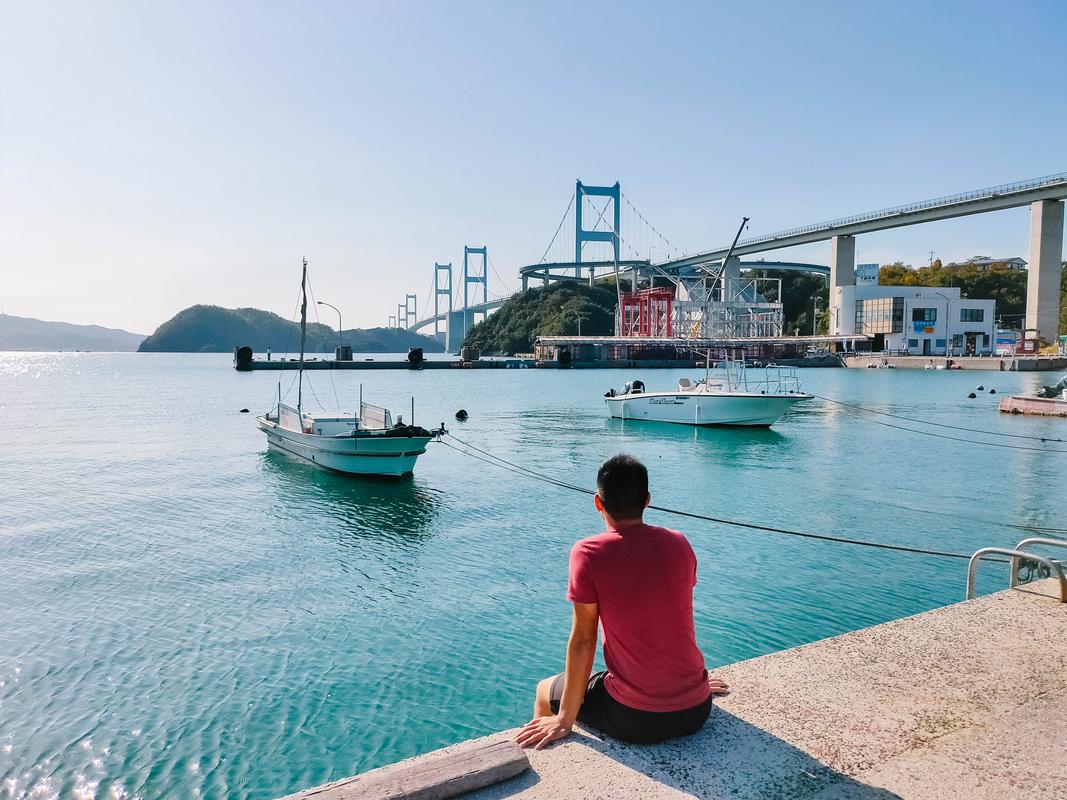Eat Fresh Unagi, Visit The Olympic Museum, And 5 Other Things You Need To Do In Japan
There's nothing like having Japanese food in Japan. <3
Along with a few fellow Malaysians, I recently had the chance to visit Japan ahead of the Tokyo 2020 Olympics
The Malaysian team outside the Japan Olympic Museum. (I'm sixth from the left)
Image via Jeremy Ng | SAYSFrom the culture and the scenery, to the food and friendly people, as well as their dedication to excellence in every aspect, Japan is really something else. :')
A big shoutout to JENESYS—a Japanese youth exchange programme, for hosting us and bringing us around. Also, thank you to our tour guides and translators Pico-san and Ichiro-san, you guys are the best!
1. Tokyo city is abuzz and ready to welcome the 2020 Summer Olympic and Paralympic Games
Kids practicing kendo at Budokan, a stadium built for the 1964 Olympic Games.
Image via Jeremy Ng | SAYSAs a country, Japan has always placed a lot of emphasis on sports development. From its world class sports facilities to universities that produce Olympic athletes, Japan embraces excellence in every aspect.
That's why I was super excited to see the venues and progress for Tokyo 2020 so far.
The newly reconstructed National Stadium, the main stadium for Tokyo 2020.
Image via Jeremy Ng | SAYSIn 2020, Japan will once again be hosting the Olympic and Paralympic Games, over half a century since the Games were held there in 1964. This time around, it will be taking place across nine prefectures, with most events being held in Tokyo.
Already, the city is decked with posters and merchandise for Tokyo 2020, whether it's along the streets, on taxis, or in local stores.
Tatsumi Water Polo Centre, the main venue for swimming and water sports events.
Image via postimg.ccAnd it's no wonder. Tokyo 2020 estimates to see over 15,000 athletes and more than 600,000 overseas visitors flocking to Japan to catch this major sporting event.
If you're planning to visit Tokyo during the Olympic Games, here's an all-you-need-to-know guide.
Tokyo 2020 Olympic Games
Date: 24 July to 9 August 2020
Tokyo 2020 Paralympic Games
Date: 25 August to 6 September 2020
2. Try running like Usain Bolt at the super fun and high-tech Japan Olympic Museum
The Japan Olympic Museum is super interactive and allows you to "participate" in various sports. For instance, you can pick up and feel the actual shot puts and javelins used for the Games.
One of our favourite activities was trying to keep up with Usain Bolt on the mini sprinting track. The track lights up and shows you Bolt's footsteps according to his 9.58-second world record! (I tried multiple times to keep up and still failed even with a headstart).
The cool thing is that you can see how you match up compared to professional Olympic athletes, whether it's in basketball, skiing, synchronised swimming, or other sports.
Besides the exciting, high-tech activities, Japan Olympic Museum also features all kinds of memorabilia. From official uniforms of the Tokyo 1964 Games, to every Olympic torch across the years, this is a one-of-a-kind exhibition you don't want to miss.
Here, you'll also get an exclusive first look at Tokyo 2020 elements, from the Olympic torch to the design process of Miraitowa and Someity—the Tokyo 2020 mascots.
Japan Olympic Museum
Opening hours: 10am to 5pm (closed Mondays)
Entrance fee: 500 yen (RM19) for adults
3. You've not been to Japan until you've had your fill of sushi, wagyu, unagi, and ramen
One of my favourite pieces of sushi is uni, or sea urchin. Bright orange in colour, it has a unique sweet creaminess, with a hint of the sea—it's almost like a dessert sushi.
Hinatomaru, Asakusa
Opening hours: 11.30am to 10pm
Price: 70 yen to 480 yen (RM2.67 to RM18.34) per piece of sushi
Different cuts of A5 wagyu beef at this grill-it-yourself yakiniku restaurant.
Image via Jeremy Ng | SAYSThis was my first time trying wagyu beef, and it was mindblowing. The marbled cuts were exceptionally juicy and bursting with flavour, coating the entire mouth with a layer of fatty goodness.
Jiromaru, Akihabara
Opening hours: 11am to 11pm
Price: Around 300 yen (RM11.47) per piece of wagyu beef
It was a cool experience watching how unagi was made, from skinning the eel to grilling it over charcoal. Japanese chefs view their work as a craft, and their attention to detail is evident in the food they serve.
And yes, it was the best unagi I've ever had.
Unatoto, Asakusa
Opening hours: 11am to 10pm
Price: 1000 yen (RM38.24) per bowl of unagi rice
Narita Omotesando (for live eels)
Opening hours: 9am to 5pm
Price: There are a few shops selling unagi along the street, but they go for 2,000 yen to 3,000 yen (RM76.48 to RM114.72) per serving.
Of course, no trip to Japan would be complete without a pilgrimage to Ichiran Ramen, one of the most popular ramen joints in town.
Nevertheless, don't be afraid to try out other ramen shops you come across during your trip—personally, I've yet to be disappointed by a bowl of ramen in Japan.
Ichiran Ramen (just Google to find one closest to you)
Opening hours: Varies, some shops open 24/7
Price: 980 yen (RM37.47) per bowl of ramen
4. Immerse yourself in the crowds and crossings
One of the most crowded places in Tokyo is Shibuya Crossing, but that's not the only place you can experience the crowds.
Head out to any intersection in the city during noon or early in the evening, and you'll most likely be met with swarms of working Japanese people and tourists.
Unlike in Malaysia, people in Japan follow traffic rules quite strictly, which means "the Hand" doesn't apply here. No jaywalking, please!
Also, Japanese people aren't always the kindest pedestrians. If you try to stop at the centre of crossings to take photos (like me), be prepared to take a few unfriendly bumps.
For those of you who are a little claustrophobic, you'll probably want to avoid these jam-packed crossings. The good news is that you can just walk a little further to the next street, which is usually way less crowded with people.
5. Feast your eyes on stunning scenery, from vast cityscapes and lush greenery, to towering snow-capped mountains
The tallest tower in Japan, the Tokyo Skytree rises up 634 metres and gives you a breathtaking view of the entire city. Just make sure the weather is good before you make your way up for the best view possible.
Tokyo Skytree
Opening hours: 8am to 9pm
Entrance fee: 3,200 yen (RM121) | 4,200 yen (RM159) to go up to the highest floor
One thing you'll notice in Japan is that they make good use of vertical space. Flagship stores like Uniqlo usually go up quite high and they provide unique views of the city. Look up whenever you walk around the city, and you'll find that there are many more shops than meet the eye.
Far from just a concrete jungle, you'll be pleasantly surprised at the lush greenery you can find amidst the city's hustle and bustle. Even the streets are lined with trees, which means you'll get to experience the beauty of all four seasons wherever you are in the city.
On days with clear weather, you can see Japan's iconic mountain from the observatory deck of Tokyo Skytree. I was lucky enough to fly right by Mount Fuji (and have the window seat) on our way from Haneda airport to Matsuyama airport.
6. Shop 'til you drop without breaking the bank at convenience stores and Japan's largest discount chain
There are three main convenience store chains in Japan—FamilyMart, 7-Eleven, and Lawson. In the city, you'll find convenience stores popping up everywhere, which means you can grab a bite (or a full meal) whenever you're feeling hungry.
In Japan, working people don't usually eat out at restaurants a lot, especially during lunch time. According to our tour guide Ichiro-san, most Japanese people pack food from home or buy a cheap, simple meal from convenience stores.
While these convenience stores may seem unassuming to locals, Malaysians who visit Japan will absolutely fall in love with all the ready-to-go food and snacks. Each store has its unique offerings, so be sure to visit all three stores at least once during your trip!
If you're looking to stock up on souvenirs, the best place to go to is Don Quijote, Japan's largest discount store. You can find almost anything under the sun here, from sweets and snacks, to skincare products and even electronic devices.
The only thing about Don Quijote is that it's messy and can get crowded. My favourite branch so far is the one in Asakusa, which is more spacious and opens 24/7. When you're done shopping, remember to head over to the duty-free counter to save some cash!
7. Experience Japan's super efficient public transportation
One of the signatures of Tokyo city is the metro line. It can pretty much get you anywhere within the city, which means you won't have to rely on expensive cabs. However, if you're planning to stay out late, do note that train stations usually close by 12am or 1am.
Public transportation in Japan is always on time, maybe that's why people always seem to be in a rush. Nevertheless, despite how much of a rush they're in, people in Japan will queue up and wait for their turn to get onto the train—something we don't see very often.
With all the different metro lines, it may be daunting to ride on the train if you're new to Japan. To keep things simple, you could get a 24-hour pass or multiple day pass.
For me, I usually rely on Google Maps, which will tell me which metro line to take, where to change stations, and how much my tickets will cost. Then, all that's left to do is key in my end destination at the kiosk and pay the ticket price.
I could go on and on about all the things you get to see, taste, and do in Japan. But it's something you need to experience yourself.
From wandering through hidden alleys and discovering hole-in-the-wall soba stalls, to walking through the bright colourful lights of Shinjuku and Akihabara, Japan is full of exciting things waiting for you to explore.
I've been to Japan twice now, and every time I visit, I fall in love and come back wanting more. Beyond just a holiday destination, it's a culture and experience unlike any other. If you ever get the chance to visit Japan, make sure you do 'cause you won't regret it.
Thanks again to JENESYS for bringing us on this awesome trip!
Thinking of going to Japan? Stop thinking and just do it... before you see all your friends post their Instagram Stories of their trip to Japan and you start regretting it. :P
Like what you're reading? Stay tuned for an exclusive story on Ehime and Shikoku Island!
